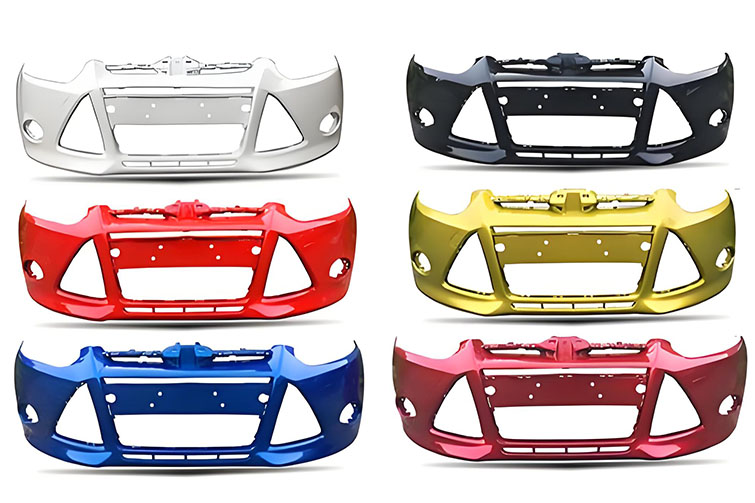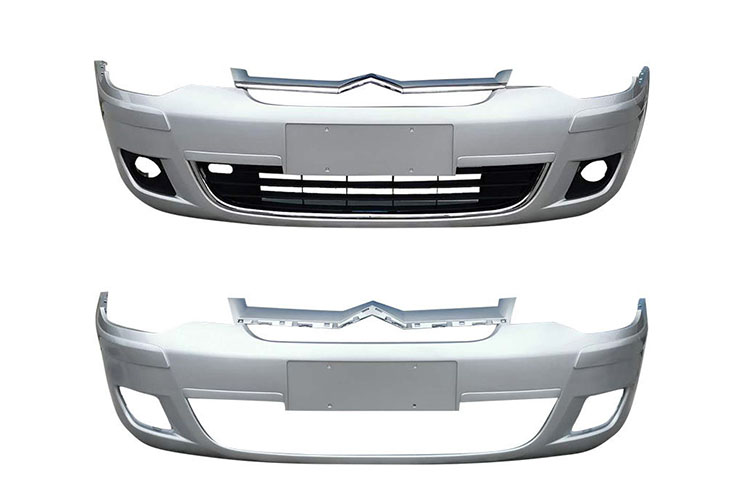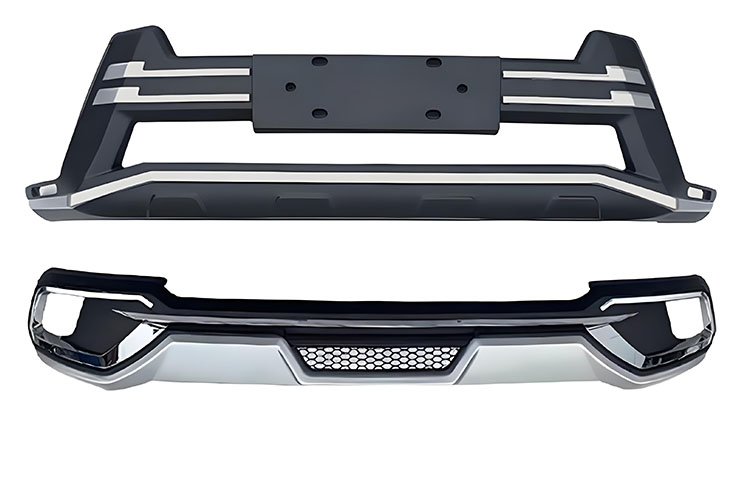

How to Choose the Right Car Bumper: A Complete Guide
A car bumper is more than just a cosmetic accessory—it plays a critical role in protecting your vehicle during collisions and contributes to the overall structure and safety of your car. Whether you're replacing a damaged bumper or upgrading for style or performance, choosing the right one is essential. Here's how to make the best choice for your car.
1. Know Your Vehicle’s Make and Model
Before you start shopping, you must know the exact make, model, and year of your vehicle. Bumpers are designed to fit specific car models, and even small differences (like a mid-year facelift) can affect compatibility.
Tip: Check your car's VIN (Vehicle Identification Number) or owner's manual for accurate details.
2. Understand the Types of Bumpers
There are several types of bumpers, each with unique characteristics:
- OEM (Original Equipment Manufacturer): These are bumpers made by your car’s manufacturer or certified suppliers. They offer perfect fit and factory-level quality, but they tend to be more expensive.
- Aftermarket Bumpers: Produced by third-party companies, these may be more affordable and offer unique styles or performance features. However, quality and fit can vary.
- Custom Bumpers: These are designed for specific purposes, like off-roading or racing. They can be made of steel, aluminum, or carbon fiber for extra durability or weight savings.
3. Consider the Material
Bumpers can be made from different materials depending on your needs:
- Plastic (ABS, polypropylene): Lightweight, flexible, and common in modern vehicles.
- Steel: Extremely strong and ideal for trucks or off-road vehicles, but heavier and more expensive.
- Aluminum: A lighter alternative to steel with good strength.
- Carbon fiber or fiberglass: Lightweight and stylish, often used for sports cars, but more fragile and expensive.
4. Functionality and Features
Decide what you want from the bumper:
- Do you need crash protection or just aesthetic enhancement?
- Does your car use parking sensors, cameras, or fog lights? Make sure the new bumper supports them.
- Are you looking for off-road capability or aerodynamic performance?
5. Check for Legal Compliance
In some regions, bumpers must meet specific safety regulations. Make sure your selected bumper is street-legal and won’t interfere with airbags, sensors, or emissions systems.
6. Budget Wisely
Prices for bumpers vary widely. OEM bumpers may cost more upfront, but offer guaranteed fit and reliability. Aftermarket or used bumpers may save money, but could require additional work to install or modify.
7. Seek Professional Advice If Needed
If you're unsure about fitment or compatibility, it's always a good idea to consult a mechanic or body shop. Some online auto parts retailers also offer live support to help with bumper selection.
Conclusion
Choosing the right bumper requires balancing function, style, compatibility, and cost. With proper research, you can find a bumper that not only fits your car perfectly but also enhances its safety and appearance. Whether you stick with OEM or go custom, always prioritize quality and safety.


